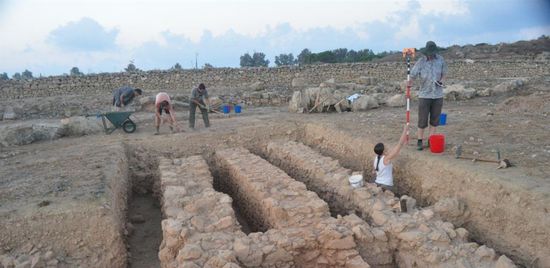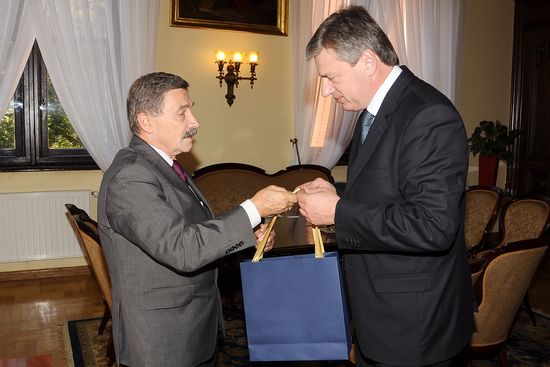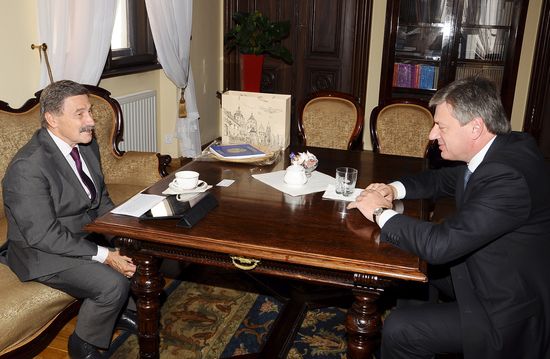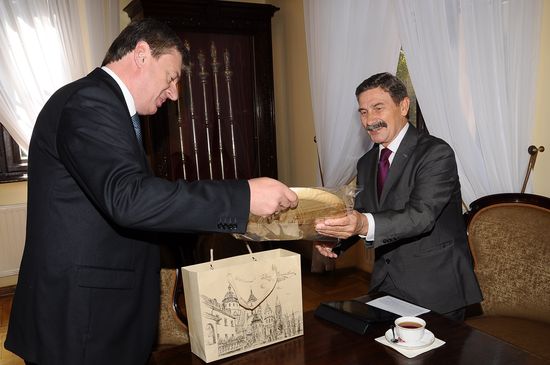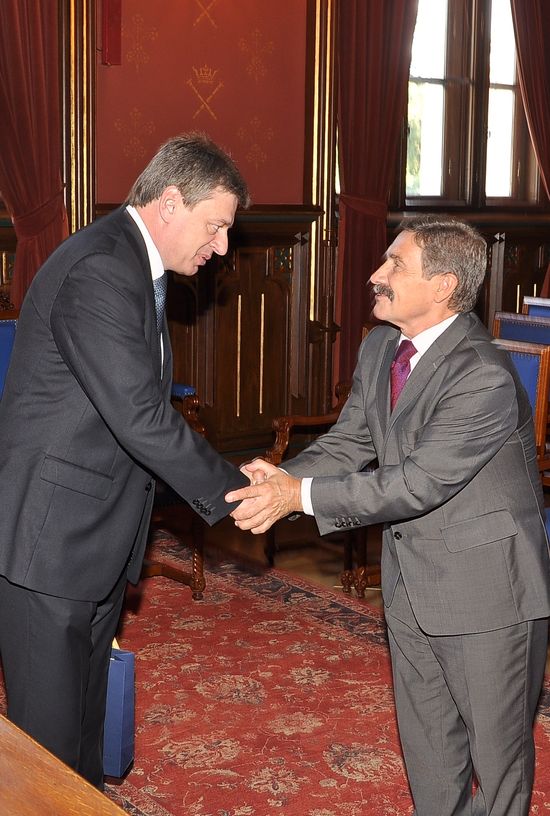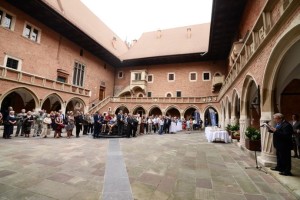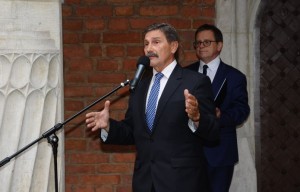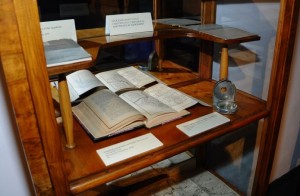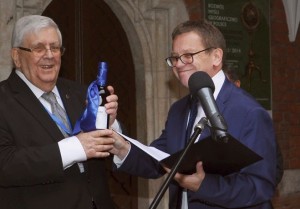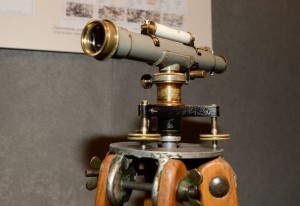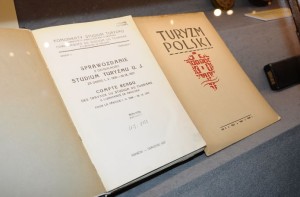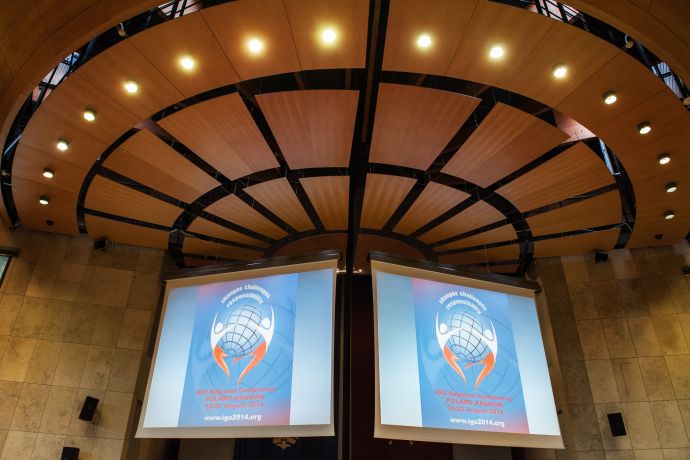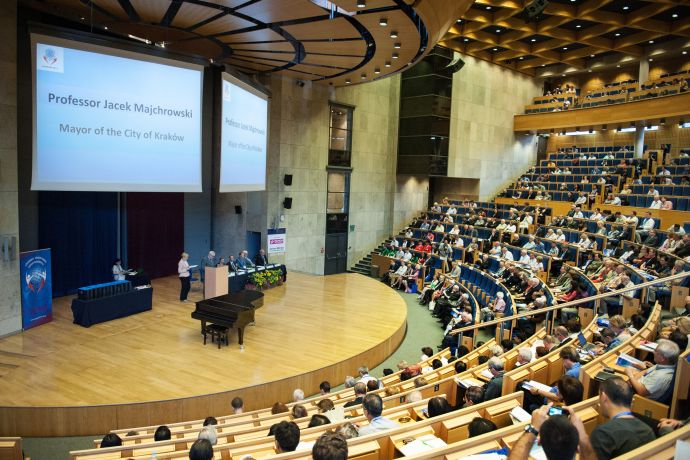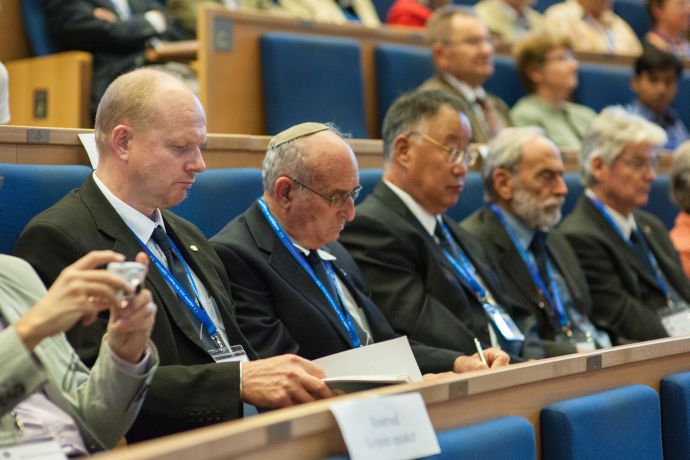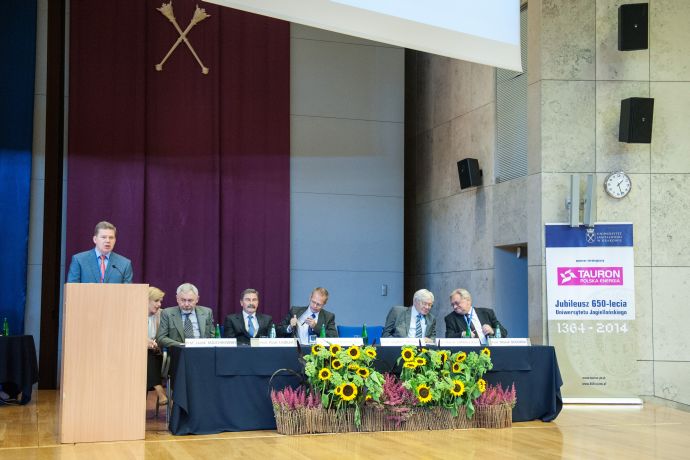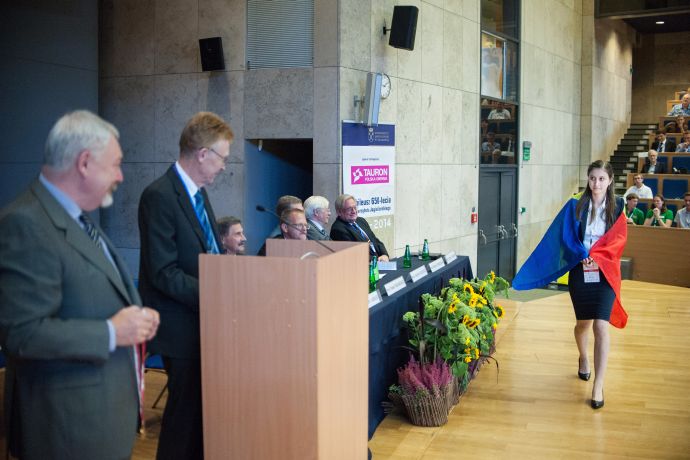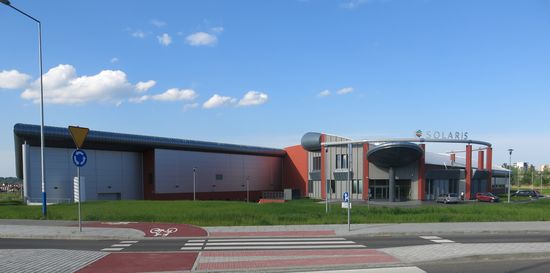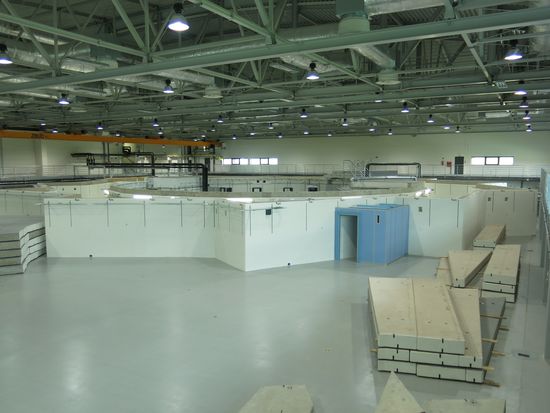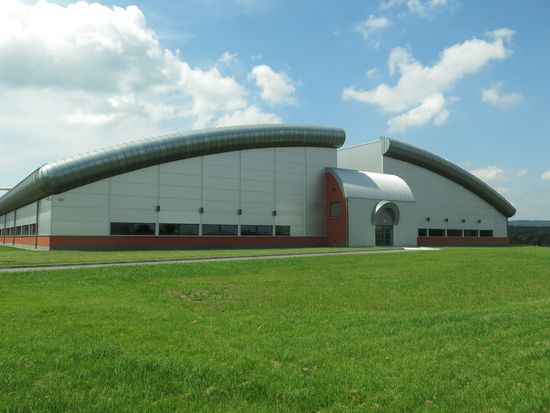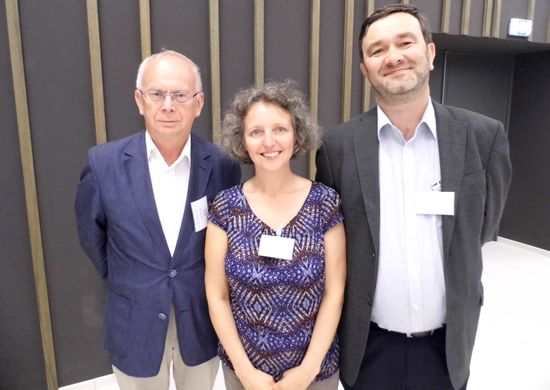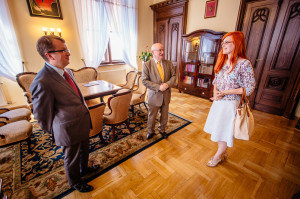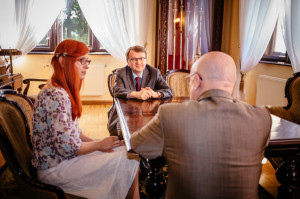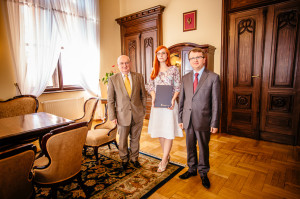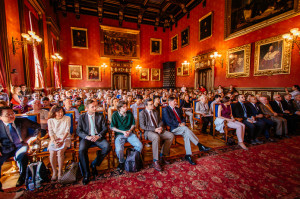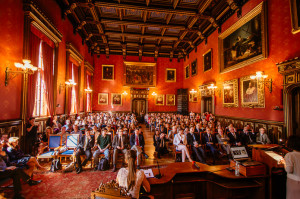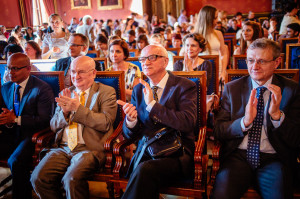Excavation works on the Agora of the ancient city of Paphos / Photo: Prof. Ewdoksia Papuci-Władyka
The fourth season of excavations on the Agora of the ancient Cypriot city of Paphos conducted by the Jagiellonian University expedition has begun. This year, the archaeologists continue to excavate the area of eastern entrance to the Agora, where they have been exploring a well from the Hellenistic period, that is more than 2 thousand years ago. They have hypothesised that it used to be a water tank.
- When such wells were no longer used, they were filled-in with useless objects, especially broken vessels, but also other items. They make extremely valuable finds, as they provide insight into the everyday life of the people who inhabited Paphos those days – says the head of the research project, Prof. Ewdoksja Papuci- Władyka.
The archaeologists are also carrying out excavations next to the southern portico of the Agora and in the central part of the ancient city. The research at the second of these sites is focused on recording the architectonic remains discovered by the Cypriot archaeologist, Kyriakos Nikolaou, in the 1970s. The Polish researchers want to compare them to the results of their own excavations, carried out nearby.
This season, the archaeologists are going to continue testing state-of-the-art archaeological and archaeometric techniques. The research equipment they are going to use after finishing excavations will include georadar, laser scanner, and a drone with a digital camera.
The team of researchers includes a large group of JU Institute of Archaeology students. For the latest news from the excavations, visit the official website of the project.
Source: PAP – Science in Poland
